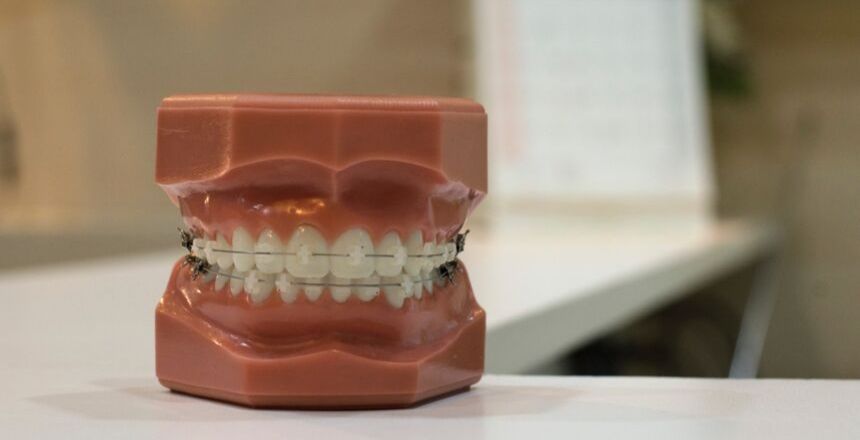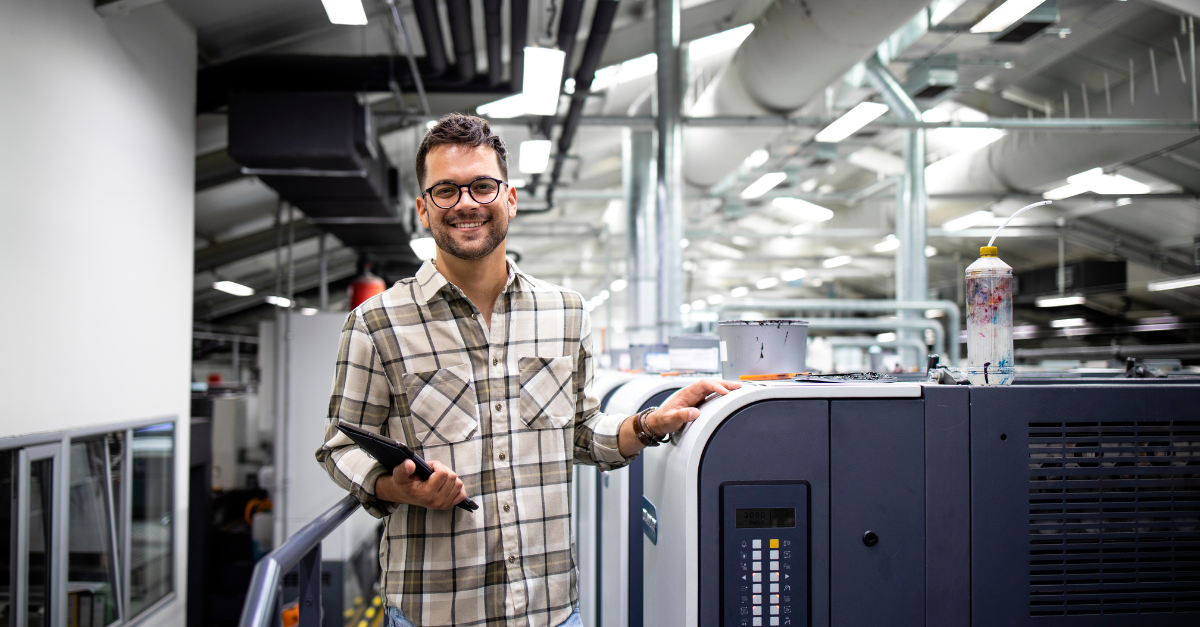How 3D Printing Has Revolutionised the Medical Industry
Over the years, the world has seen some astonishing medical advancements which have helped to save billions of people’s lives. It’s fair to say that since it was first developed in the 1980’s, 3D printing has played its part in helping to revolutionise the medical industry!
By 2025, 3D printing in the medical field will be worth over €3 billion. This number has increased dramatically compared €650 million in 2016. Obviously, with us being 3D printing enthusiasts, this is music to our ears! Therefore, we want to shed some light on just how much 3D printing has been revolutionising the medical industry.
Bioprinting tissues and organoids.
Bioprinters are an alternative to printing plastic or metal. They use a computer-guided pipette to layer living cells known as bio-ink, on top of one another to create artificial living tissue in a lab. Scientists then use these tissue constructs or organoids for medical research as they mimic organs on a miniature scale. Not only this, but today, these bio-printed tissues and organoids are being trialled as cheaper alternatives to human organ transplants. Moreover, scientists have recently demonstrated the ability to print full sized heart components. This includes heart valves, ventricles and cardiomyocytes, meaning that they can print pieces of the heart out of cells.
3D printing prosthetics and implants with precision.
One of the best things to come out of the development of 3D printing is how much more affordable it has made prosthetic design. For people in the United States, a prosthetic can cost anywhere from $5,000 to $50,000! For most people, this is a HUGE financial burden! Some of the most common 3D printed prosthetics are hands and arms. In 2011, Ivan Owen designed a bionic hand which opened the door for others to print and distribute. His efforts led to the creation of the e-NABLE Community, a global network of volunteers using 3D printing to help those in need by printing and designing prosthetic hands. These hands only cost around $50, which is a great example of how 3D printing has revolutionised the medical industry.
Limbitless Solutions is a company who are dedicated to empowering confidence in individuals with accessibility limitations. They create personalised, creative, and expressive 3D-printed prosthetics for children with limb differences using electromyographic (EMG) technology. The 3D printed prosthetic arms that they make use muscle-flexing in the remaining portion of the arm, detected by leads attached to the skin to guide movement in the prosthetic. The price of these arms is around $1000, compared to the typical £10,000 price point.
Most people who have had facial reconstruction or have been damaged by cancerous tumours require some form of facial prostheses. For example, eye cancers can have devastating effects on the face when the tumours have been removed. Researchers at The University of Miami used a mobile app to scan a patient’s face in order to create a prosthetic mask. It generates a visual mesh from two scans of the damaged and undamaged skin. The resulting mask is printed in rubber and suffused with pigments to match their skin tone.
Virtual Reality is changing the face of surgery.
When people hear virtual reality, most people would automatically think of video gaming. However, VR has now found itself in unlikely world of healthcare. Surgeons are now using VR to live-stream surgical procedures around the world. The aim is to teach surgeons how to perform different procedures. In 2016, Dr Ahmed, a colorectal surgeon at St Bartholomew’s, live-streamed an operation on a patient with colon cancer in virtual reality using 360-degree perspective, so that people around the world could ‘tune in’ using VR technology and learn how the procedure was performed.

3D printing in dentistry.
3D printing has helped to improve everything from orthodontics to general dentistry. Thanks to 3D printing, we can now create customised and accurate braces, dental restorations, castable crowns, dental bridges and denture framework and bases. Moreover, 3D printing is easy to integrate into a clinic, lab or dental office. Speed and accurately designed and developed solutions are key to this application, and 3D printing in medicine does just that!
Virtual Surgical Planning.
VSP technology has paved the way for personalised surgery. It has done so by combining expertise in medical imaging, 3D printing and surgical simulation. The process is pretty simple. The surgeon brings a desired surgical plan, along with their clinical knowledge to an online web meeting with a biomedical engineer to simulate and plan the procedure. From this, a digital plan is transferred to the operating room, including accurate 3D printed personalised surgical tools, templates and models.
If you enjoyed this blog, follow us on LinkedIn to keep up to date with all our blogs, industry news and what we get up to here at 3ecruit.











